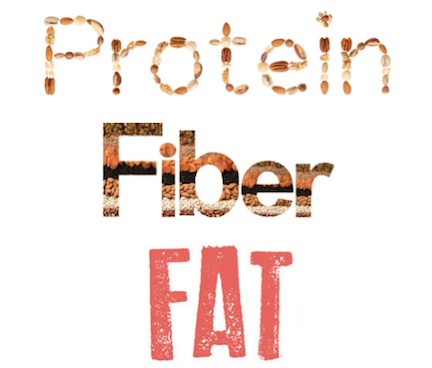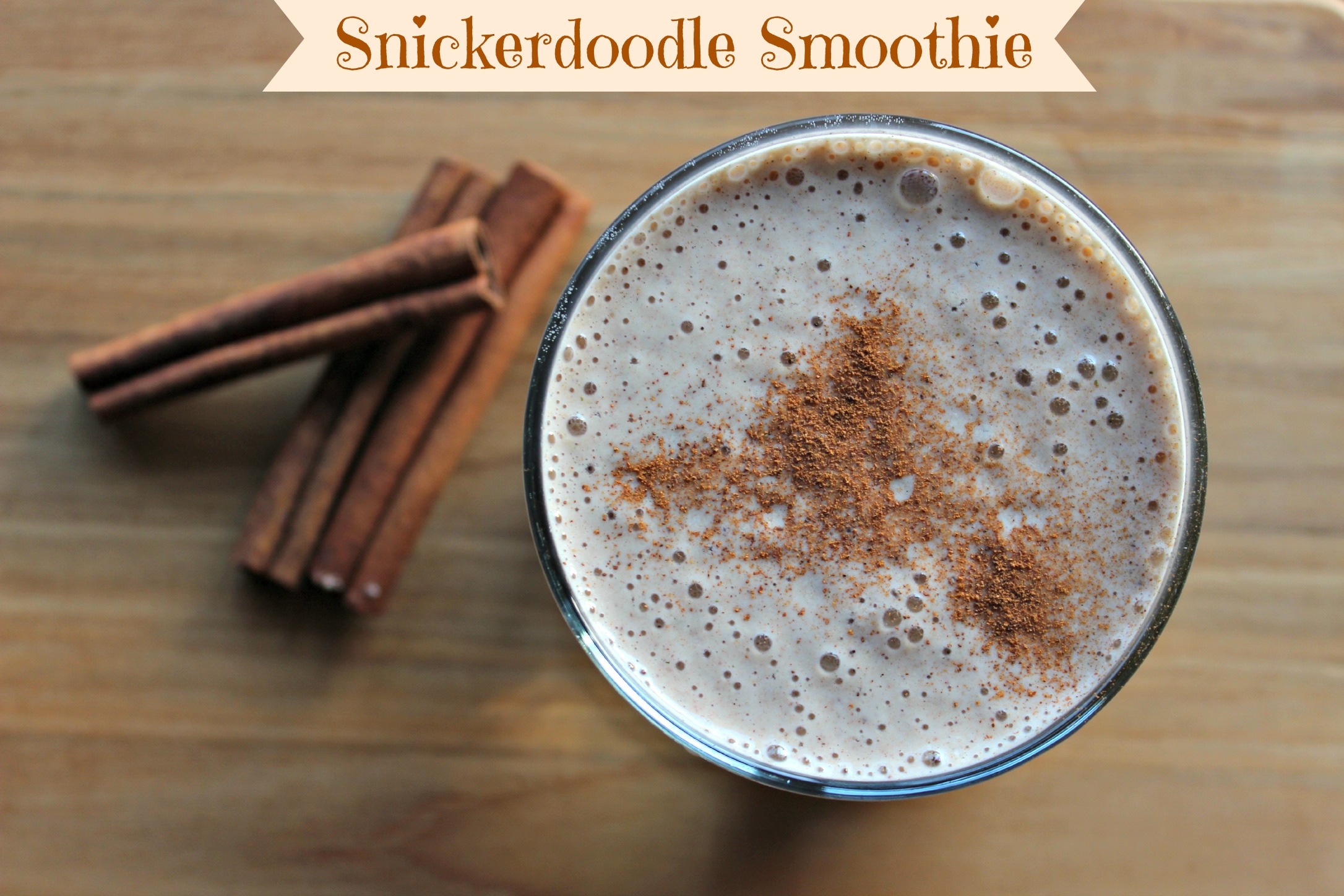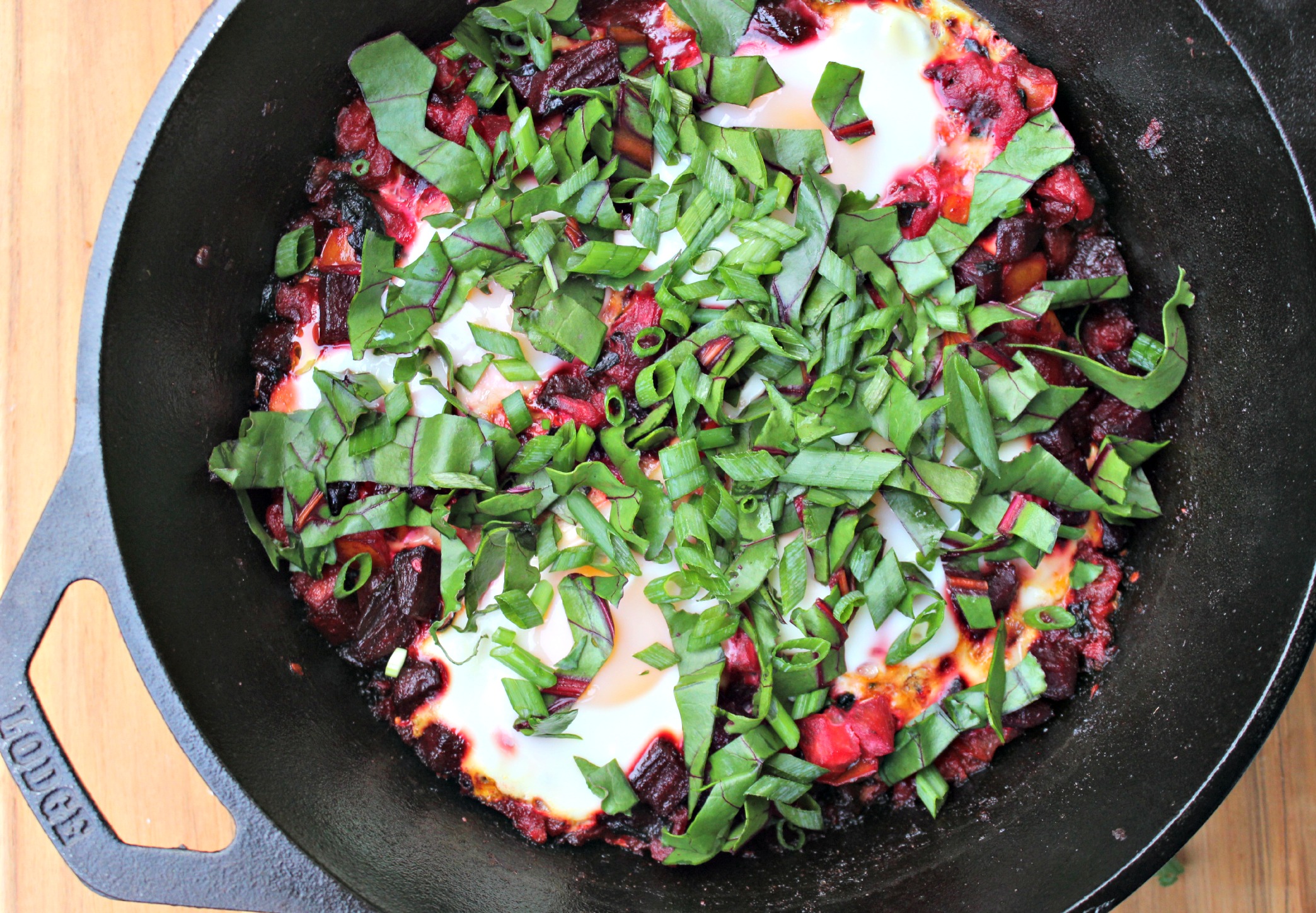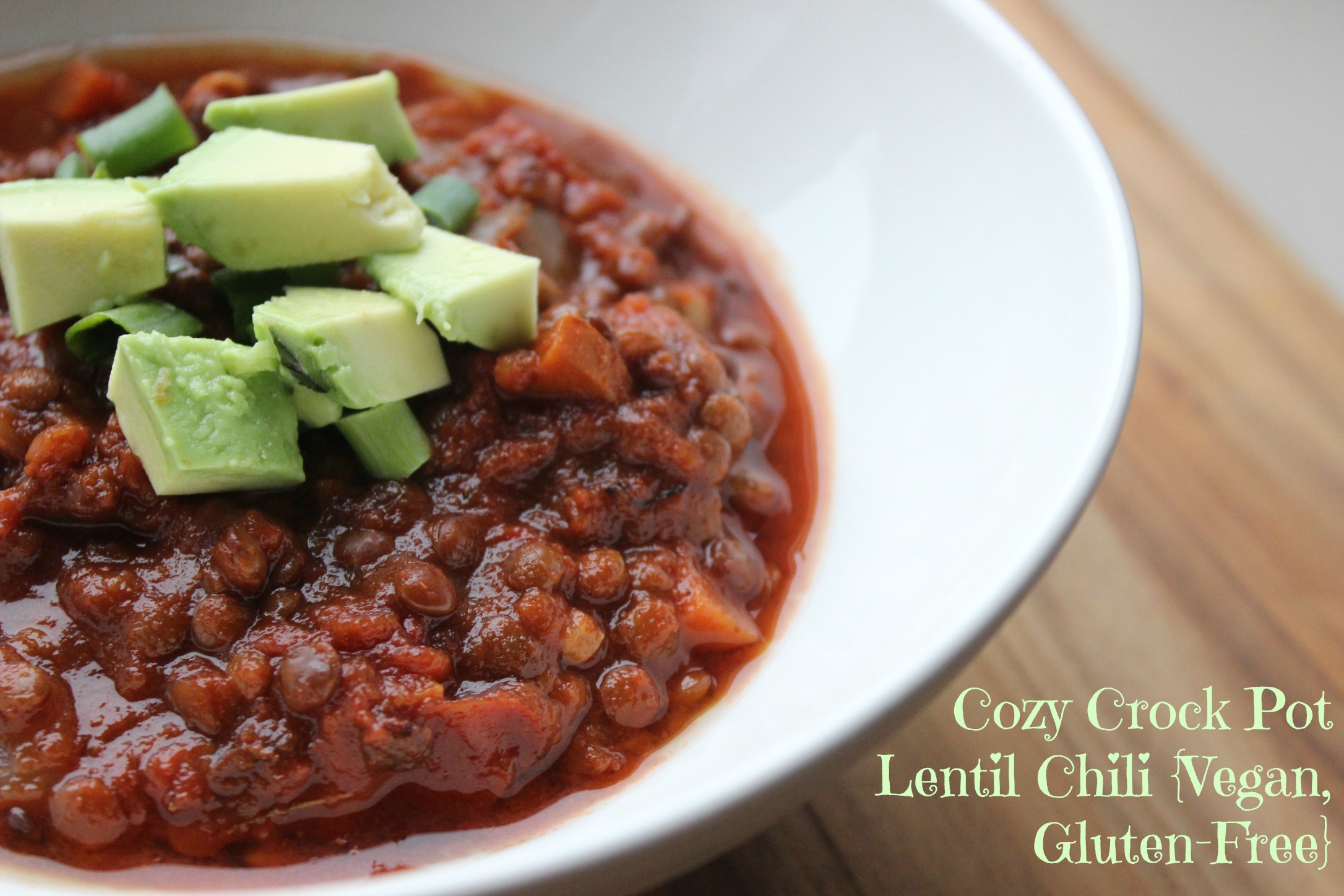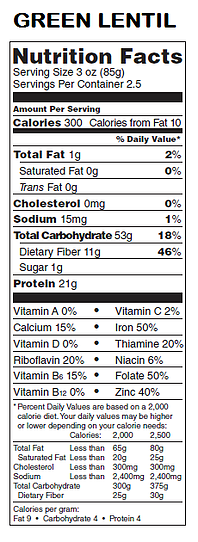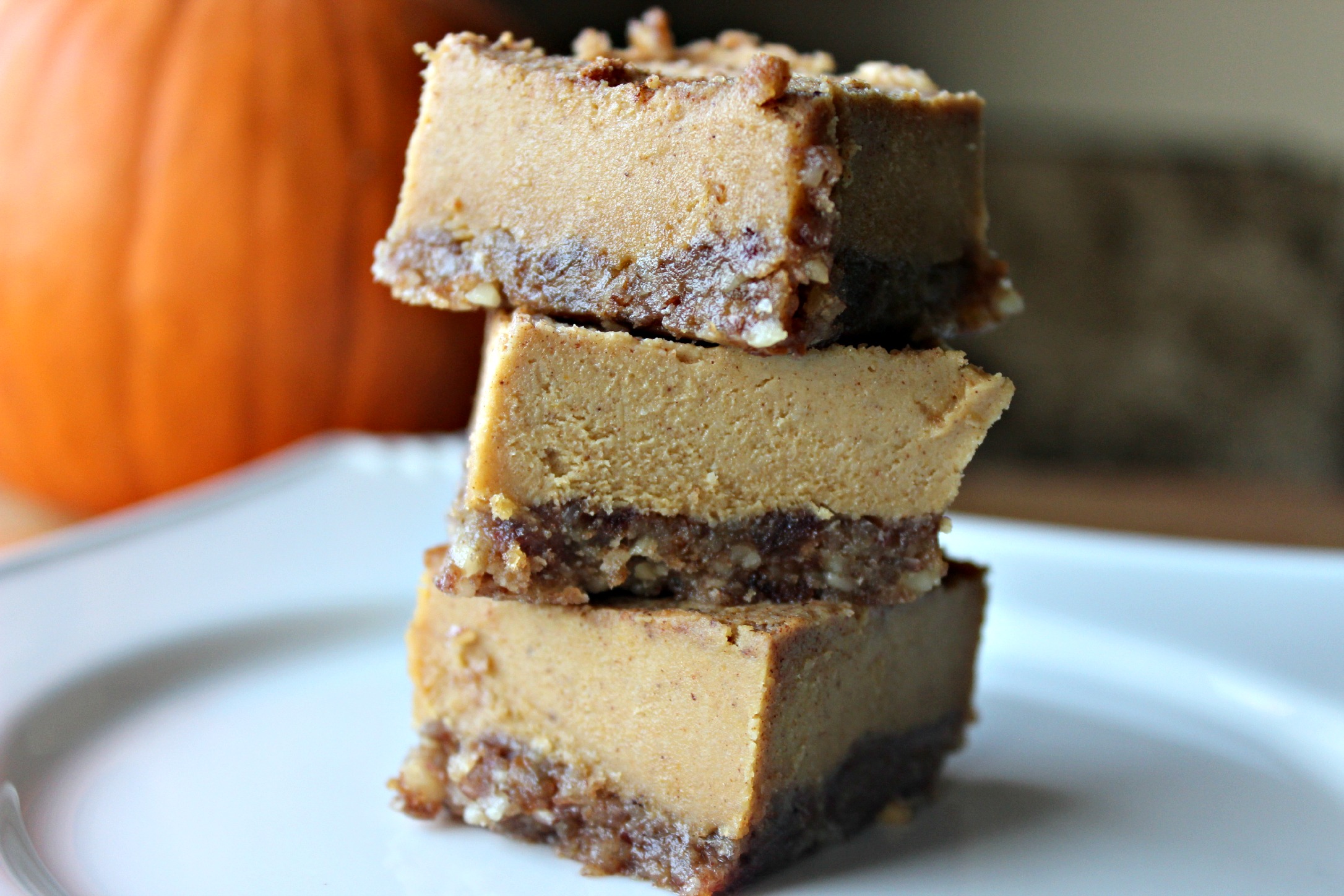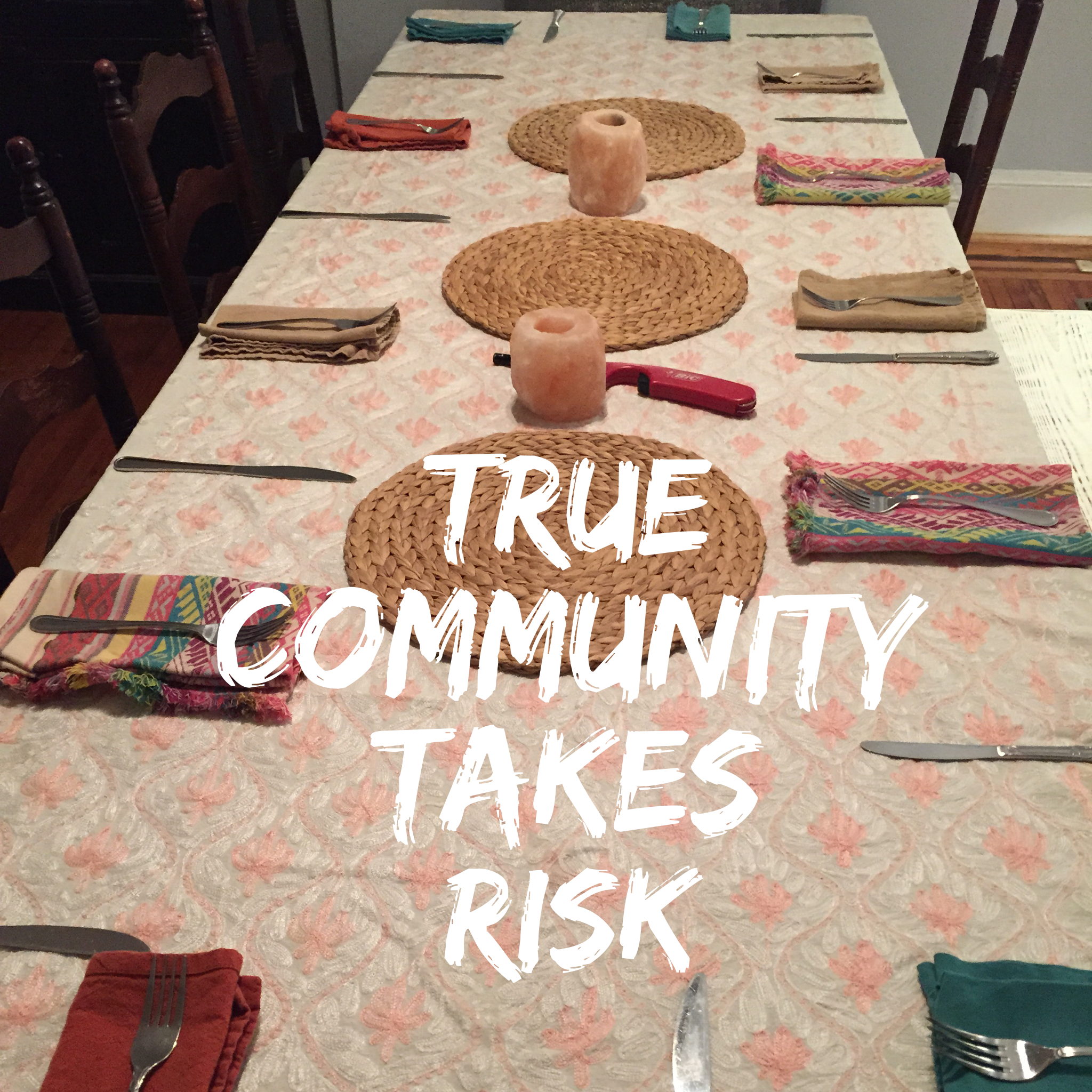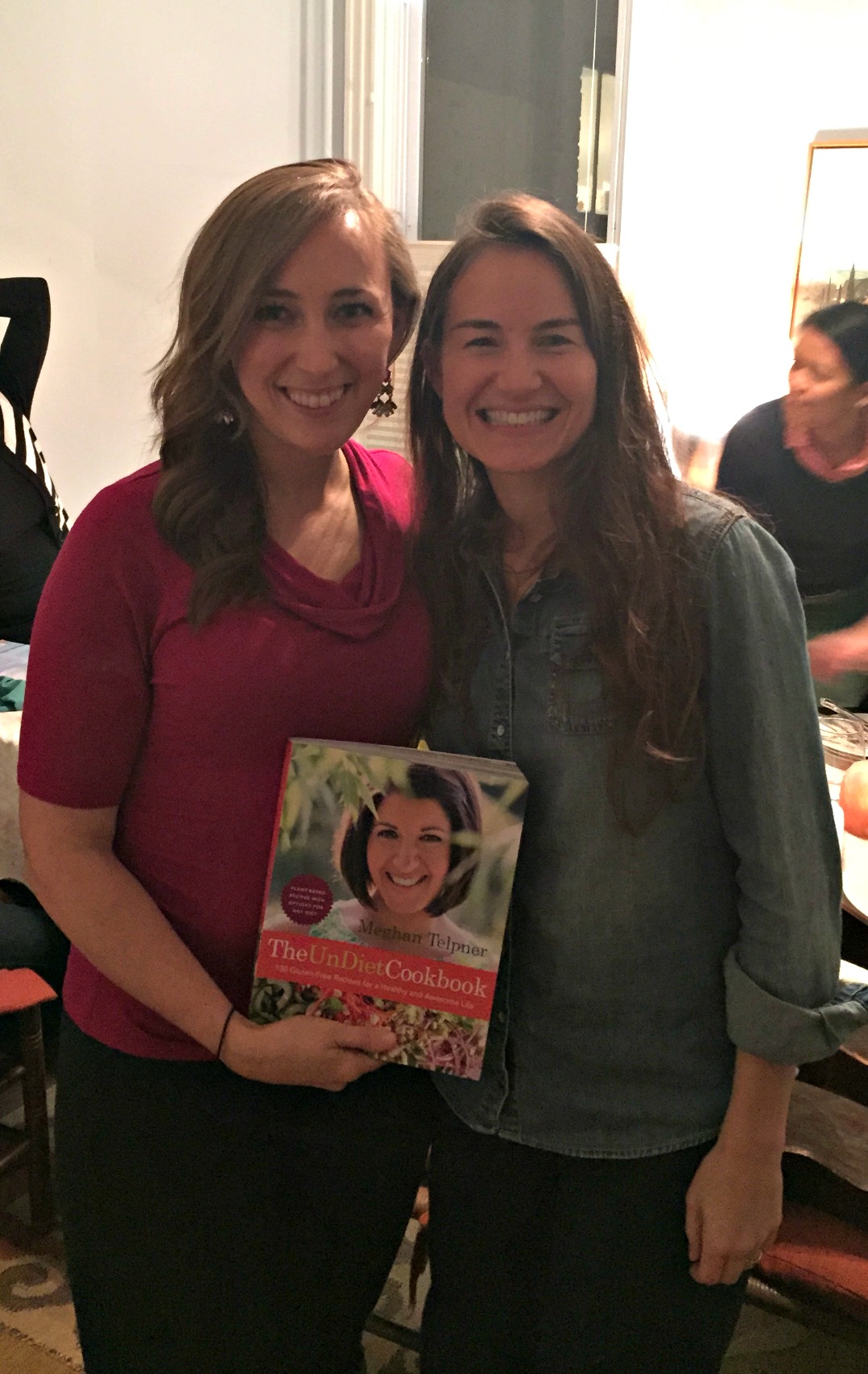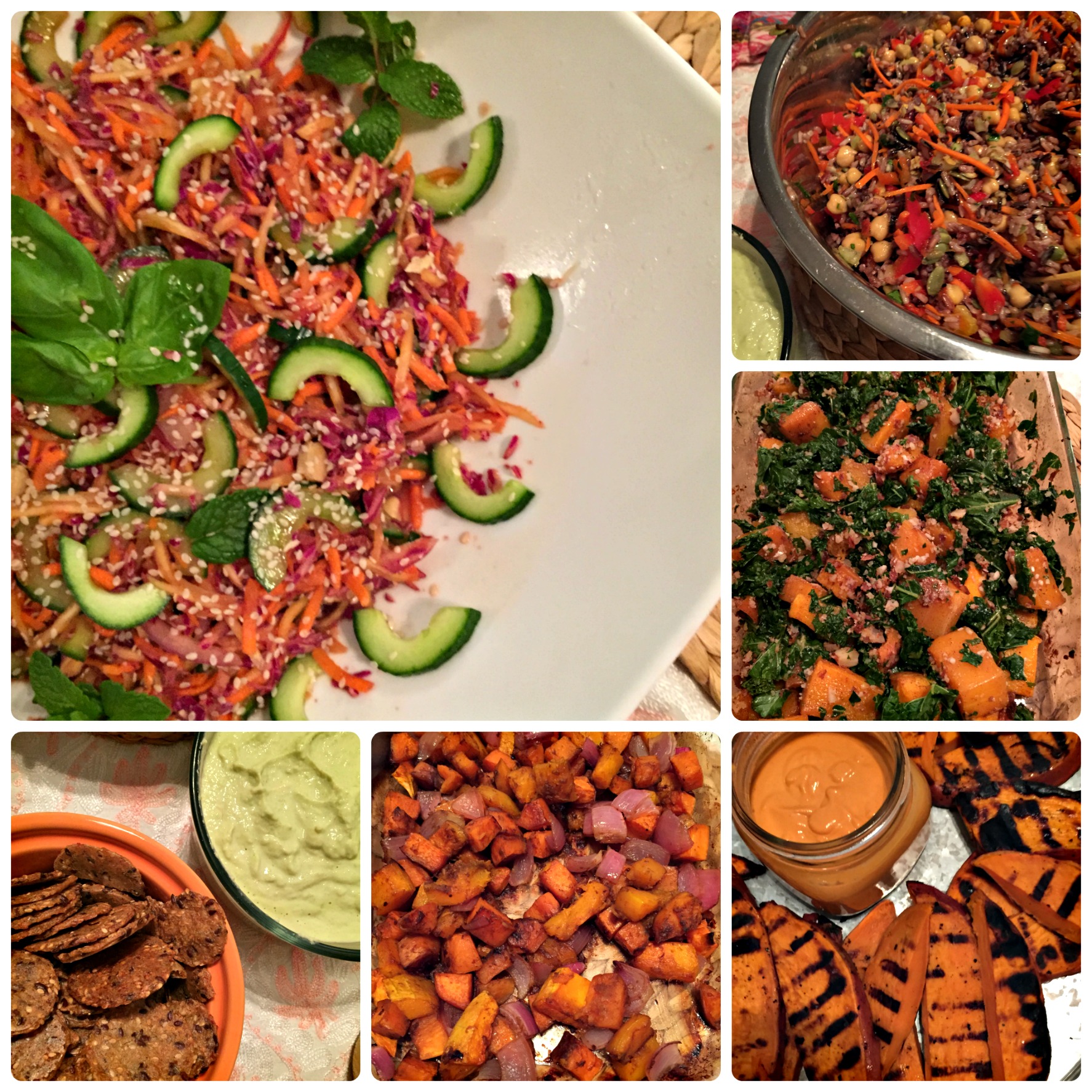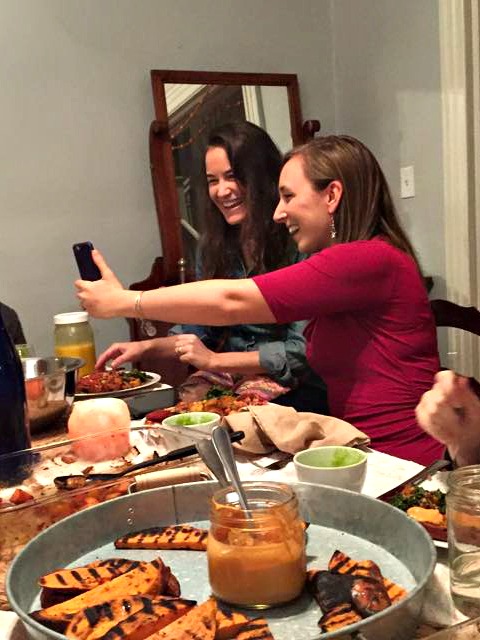For many of us, the start of the New Year comes with intentions and desires to do things differently than we have in the past.
In my previous post, I shared what I do instead of making New Year’s Resolutions. It inspires me to not only approach life the way that I do but to make decisions about what to eat and drink.
Since I want to feel RADIANT, ABUNDANT and FREE, I choose to consume foods that make me feel that way, which is why I do what Michael Pollan says and…

Last fall, I attended the Natural Products Expo East in Baltimore for the second time and had the opportunity to learn about all of the cool new natural products hitting the market in the coming year.
I also had the privilege of hearing award-winning nutrition expert, Ashley Koff RD, creator of The Better Nutrition Simplified Program, speak.
Ashley has been featured on Doctor Oz, The Today Show, The Huffington Post, and Fox News. She also wrote the book Mom Energy.
What I appreciate so much about her is our shared food philosophy of being “qualitarians,” which I’ve written about previously here. We make it a priority to eat the highest quality foods we can as often as possible. As a result, we feel great and have energy throughout the day. We use food as fuel, to nourish, protect and sustain our bodies.

Award-winning nutrition expert, Ashley Koff, RD
To clear up any confusion, I thought I’d get some answers from the expert herself. I had the opportunity to interview Ashley and am sharing below what I learned from her. I hope you find it refreshing, energizing and informative!
Rachel: There’s a lot of talk about “detoxing” these days, and the word seems to mean different things to different people. If you had to explain detoxification as you understand it and in a way that would be meaningful to a layperson, what would you say?
Ashley: We all have a detoxification system in our bodies so we should be “detoxing” every day of our lives. The detox system works in two parts. One part converts harmful toxins into less harmful. When it does this it produces “dirt” (free radicals) that the body also needs to clean up. The second part eliminates toxins by having certain nutrients bind to the toxins so they can be eliminated. Thus, the body needs specific nutrients to do all of this.
For part one, lots of vitamins and minerals like B-vitamins, magnesium, as well as plant nutrients like milk thistle and quercetin support these efforts. Antioxidants found in the colors of fruits and vegetables, as well as the plant nutrients in nuts and seeds and grains and beans help do the “clean up” work. And certain foods, broccoli as a leader as well as onions, leeks, and organic eggs, help enable the body to eliminate toxins – a significant part of detoxification.
Rachel: What are some of the common myths about detoxification you see in the media and hear from your patients?
Ashley: The biggest is that we should pick times or programs to “detox”…We have a detoxification system – that’s like saying there are certain days or programs that we should use our muscles or brains. It’s ongoing.
The others are more specific. Like “detox” assigned to a tea or shake that doesn’t deliver nutrients mentioned above or that also delivers toxins, irritants etc. For example, a non-organic juice or shake that contains items on the “dirty dozen” list, which is like washing your floor wearing dirty boots.

Download the Dirty Dozen app for free on your phone. It’s updated annually!
Rachel: What are the top 3-5 reasons we should be concerned about detoxification?
Ashley: There are a lot of environmental toxins we can’t control our exposure to, but we can help the body manage them by identifying and eliminating them.
If our bodies don’t detox properly, we can’t accomplish our other health goals (weight loss, better energy, reduce risk of disease).
Many toxins are fat-soluble which means they are trapped or stored in our fat cells, which means as we work to lose extra fat, we need to make sure these toxins are removed from the body as well.
Rachel: What are some of the safest ways we can detoxify our body?
Ashley:
- Reduce our intake of irritants by improving the quality of what we put in and on our bodies.
- Choose to incorporate quality sources of the foods that support the bodies detoxification system – all the different phases.
- Avoid trendy detoxes, which may be stressful to your body.
- Consider your current health status and health goals to determine what your body needs and can handle. You may benefit from working with a healthcare practitioner to accomplish this best. (Here is a link to my – Rachel’s – recommended healthcare professionals who focus on optimizing health)
Rachel: Many of my readers are moms. What should parents know about the importance of detoxification? Is this something they should think about for their children?
Ashley: As described above, we all have detoxification systems so, yes, kids of every age should be eating to support their detoxification system just as adults. It’s why I love organic baby and toddler foods that include foods and their nutrients as well as does not include irritants.
Rachel: We hear a lot about broccoli being a “super food” and one of the healthiest and most detoxifying foods we can eat. What makes these little trees so special? Why would we want to eat more of them?
Ashley: Well the detox part is HUGE and that’s because of its glucoraphanin. The nutrients of the trees also help support healthy digestion and hormones, as well as antioxidants to be part of our body’s overall clean up team. But broccoli is also more than trees. The leaves provide calcium (as much as a glass of milk per serving in a few leaves) as well as your daily dose of vitamin C, and additional antioxidants.

Rachel: What are the best ways to prepare broccoli to preserve the most nutrients?
Ashley: Let’s look at this differently. The best way is whichever way gets you to eat (or drink) broccoli more often. Frozen or ready to eat, raw or cooked, lightly “snowed” (with some cheese) or roasted with some olive oil or puréed into a broccoli pizza crust or added into a frittata – there are so many ways to enjoy broccoli. The only ways I don’t recommend broccoli are boiled or overcooked (longer than 5 minutes) IF you are eating it for the glucoraphanin benefits.
Now remember that all broccoli will have different amounts of its detox nutrient – glucoraphanin – so that’s where a supplement can be helpful if you want to have consistent levels to support optimal detoxification (I call it “true detox”). I personally prefer organic broccoli and when that’s not available I consume a glucoraphanin supplement (truebroc.com) in a tea form or in a capsule. Disclosure: I am a member of their advisory board and work with them to promote the benefits of glucoraphanin.
Rachel: I recently finished up a video series about GBOMBS on my Facebook page and YouTube channel and have written articles about these nutrient-dense foods before, with broccoli being one of them! I’ve shared with my readers and fans some of my favorite ways to prepare greens and cruciferous veggies like broccoli. What is your favorite way to eat broccoli?
Ashley: I eat broccoli almost every day and even my dog eats frozen organic broccoli (he likes it straight from the freezer!) so it’s impossible to pick a favorite. I have fun coming up with new ways to eat broccoli like my latest – as a “crust” – but my most frequent way is to sauté in vegetable broth and then drizzle olive oil and top with hemp seeds.
Rachel: What are your top 10 foods/herbs/spices that naturally support and enhance the body’s detoxification process?
Ashley: Instead of the top 10 foods/herbs/spices that help to support the body’s natural detoxification process, it’s better to organize them by which foods help to support the different phases.
Phase 1: convert harmful toxins to less harmful and mark them for elimination.
Foods that help: spinach, all beans, broccoli, all greens, berries, oranges, papaya, kiwi, pineapple, tofu, sesame seeds, turmeric
Phase 2: conjugation where body adds nutrients to harmful toxins to help them be eliminated
Foods that help here: broccoli, amino acids (hemp), sesame seeds, shallots, garlic, leeks, and water(!)
The key is that if you are only eating for Phase 1 foods, then you aren’t optimizing your total detox potential. Of all the crucifers, broccoli has the most glucoraphanin. To learn more about the powerful benefits of glucoraphanin, click here.
Rachel: Now, to wrap it up, let’s talk more “big picture.” What are three pieces of nutrition advice that you think would benefit everyone?
Ashley:
- Better nutrition IS simple.
- You need what you need, not what someone else does.
- There’s no perfect health, perfect nutrition plan, perfect food – but there’s always a better choice and better nutrition choices are the key to better health.
And there you have it! None of us has all of the answers when it comes to what to eat, but I respect and appreciate Ashley’s take on a popular topic that tends to generate lots of confusion. Thanks again, Ashley, for answering all of my questions so clearly and honestly! To learn more about Ashley and her work, visit her website.
If you want to benefit from the antioxidant power of broccoli, try drinking truebroc’s Brassica Tea. It’s sold locally at Baltimore Coffee & Tea in Timonium and at Wegmans stores. You can also find it online here.

Stay tuned for my next post where I will be sharing a yummy recipe that uses these Brassica tea bags!
Like this:
Like Loading...



















 Ta da! Dinner is served 🙂
Ta da! Dinner is served 🙂


